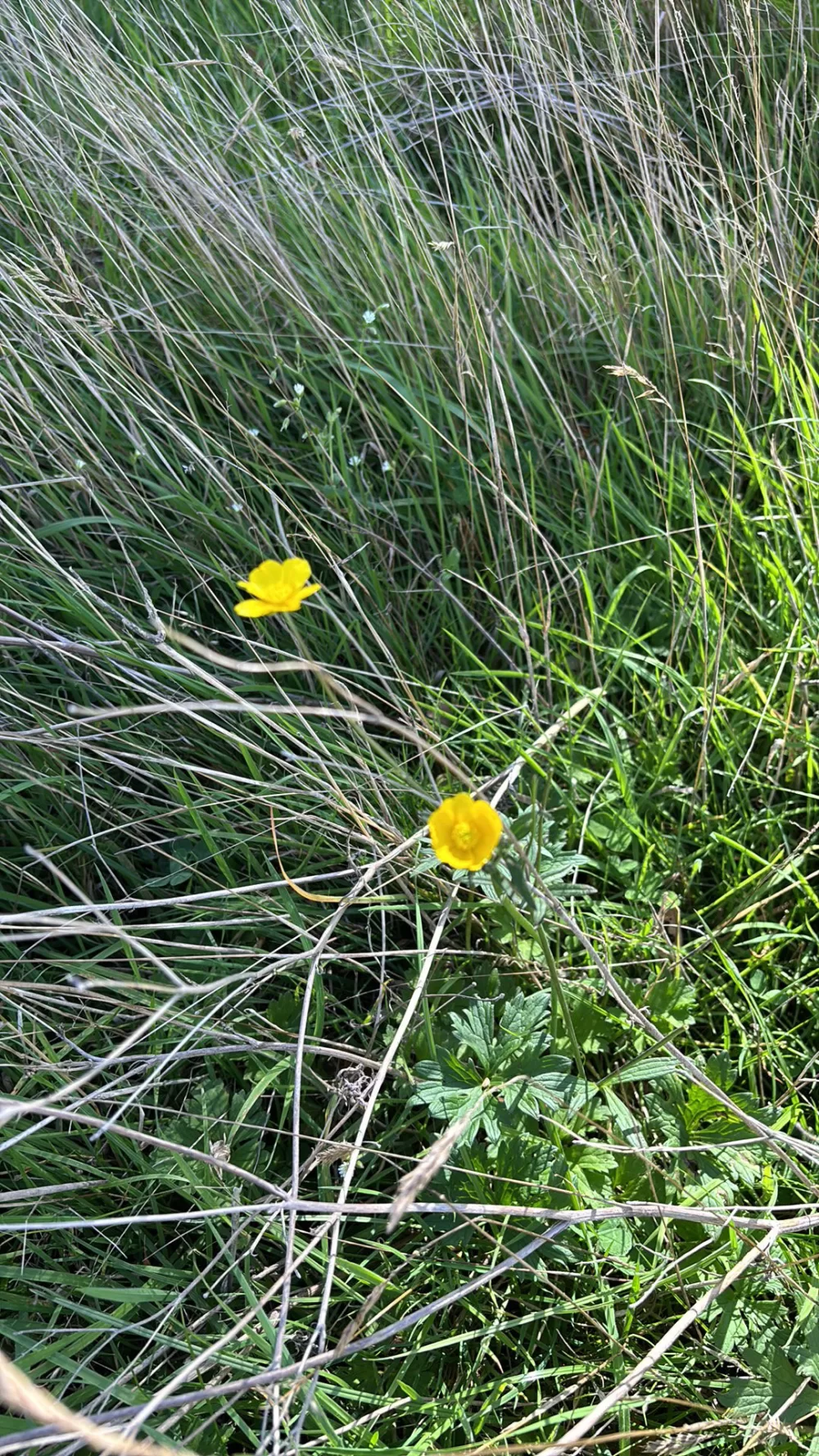This autumn, we wanted to take a closer look at what’s really growing with us on the allotment not just the fruit and veg we’ve planted, but the trees, wildflowers, and hedgerow species that quietly shape the ecosystem around them.
By Andy
13.10.2025
The idea came from River’s Duke of Edinburgh project, but it quickly became a family mission: to understand how diverse our little patch really is, and how we can care for it better.
Knowing what species live alongside our crops helps us:
- Track how healthy and balanced our soil and habitats are.
- Spot plants that support pollinators and wildlife.
- Identify invasive or toxic species that might need managing.
- Celebrate the wild allies that make organic growing possible.
How we did it
Armed with a notebook, camera, and a big dose of curiosity, River and Andy spent the afternoon walking the boundaries of the allotment. We took it slow stopping to look closely at leaves, flowers, berries, and even bark textures. Each plant was logged with its common name, Latin name, type (tree, bush, or herb), and notes on where it was growing.
We used field guides and online databases later that evening to check our identifications and confirm whether each species was native to the UK. Where possible, we also recorded whether plants were edible, useful, or toxic which is a helpful for future foraging and safety awareness.
What we found
By the end of the afternoon, we’d recorded 27 different species living across the allotment from tall, native trees to tiny wildflowers hidden in the grass.
The hedgerows turned out to be the stars of the show, packed with classic British species such as:
- Dog Rose (Rosa canina) – a native shrub producing vitamin-rich rose hips.
- Hawthorn (Crataegus monogyna) and Blackthorn (Prunus spinosa) – both vital for nesting birds and autumn berries.
- Hazel (Corylus avellana) – a beautiful tree that feeds both humans and wildlife.
- English Oak, Field Maple, and Alder – key native trees improving soil structure and insect diversity.
On the field floor, we spotted everything from Garlic Mustard (a wild herb that’s surprisingly tasty in salads) to White Clover, Purple Toadflax, and Herb Robert — all small but mighty contributors to pollinator health and nitrogen cycling.
We also noted a few non-native or more vigorous species such as Guernsey Fleabane (a known invasive) and Austrian Pine, plus some common “weeds” like Curly Dock and Creeping Thistle that hint at nutrient-rich but compacted soil.
Not every find was friendly we found Stinking Iris, Holly berries, and Petty Spurge made the caution list for their mild toxicity but they all have their place in the local web of life.
What we learned
The audit gave us a new perspective on the plot. Around 80% of the species we found are UK natives, showing how naturally balanced our allotment has become. These plants don’t just fill space, they feed insects, shelter birds, and hold the soil together when the winter rain arrives.
It also reminded us that weeding doesn’t always mean removing. Many so called weeds are actually medicine, mulch, or meals in disguise. And when they’re part of a native mix, they help stabilise the soil ecosystem.
Next, we’re planning to:
- Create a simple map of species zones to track changes over time.
- Re-seed any gaps with native wildflowers, especially early bloomers for spring pollinators.
- Continue mulching and composting to improve soil texture and reduce dock and thistle spread.
- Share the findings with other allotmenteers and start a small “biodiversity corridor” between plots.
This was just the first survey, a baseline. Over time, we’ll repeat it seasonally to see what’s new, what’s thriving, and what our soil and wildlife are telling us about the health of the land.
Final thought
Sometimes it’s easy to focus only on what we grow for our plates. But this audit reminded us that everything growing here from the hawthorn hedge to the smallest sprig of clover has a role to play in the bigger picture of healthy soil, sustainable food, and shared biodiversity.
It’s all connected fromplot2plate.
We’ve turned our survey into a Plant Log template that you can download and use for your own allotment, garden, or school patch!
It’s easy to follow so just grab a clipboard, head outside, and start spotting what’s growing around you.
Whether you find five species or fifty, every record helps build a clearer picture of the wild life thriving around our plots.
Download the Plant Log template here: [Download your Plant Log – PDF]

